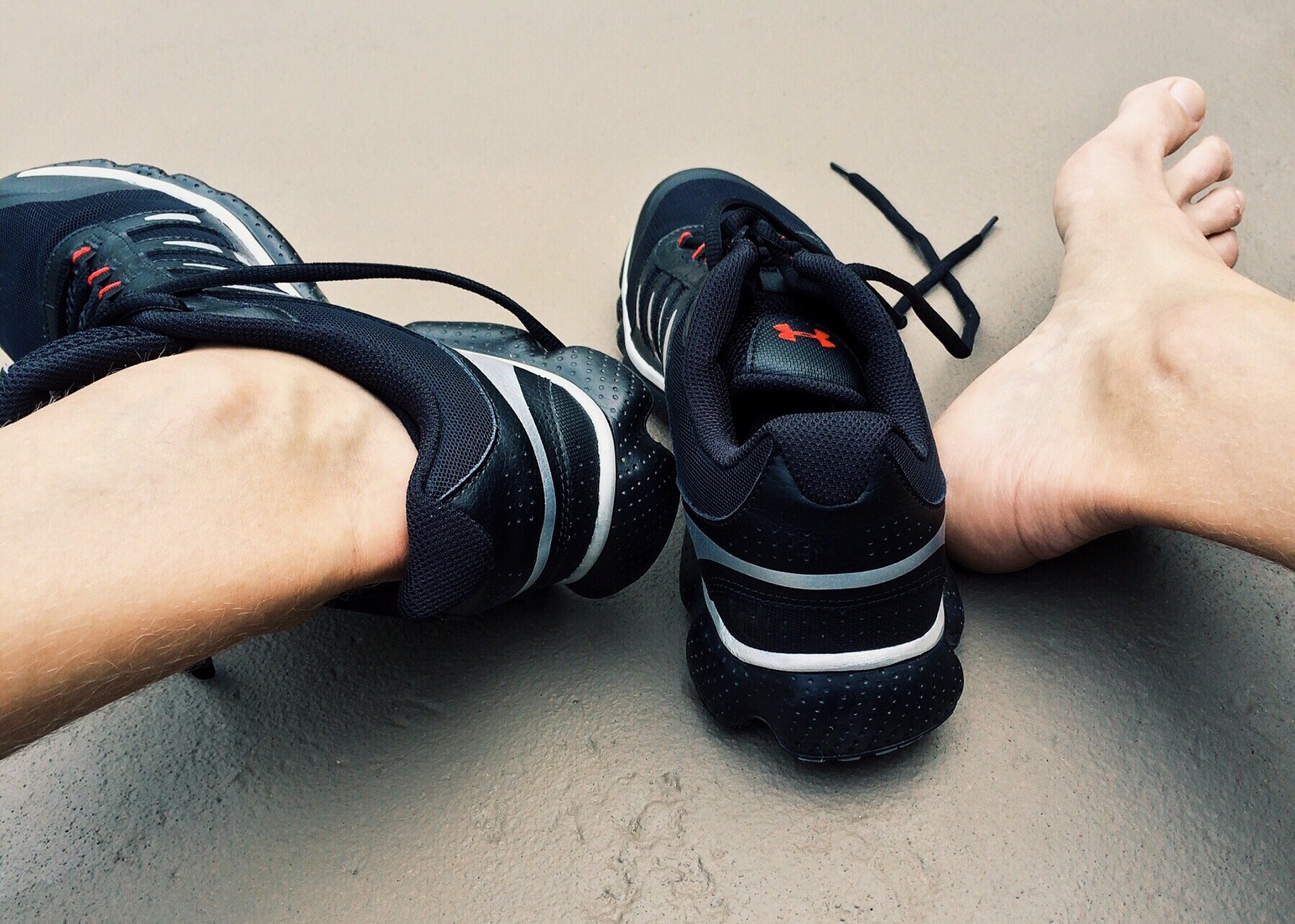
Have you ever thought about how your feet affect how your body moves and feels in your daily life? They’re the most under-appreciated and forgotten aspect of the body, and yet they carry us from here to there every day. Our core is often described as the stability house of the body, but the feet are the foundation.
Take a moment to think about how you’d live your life if you didn’t have your feet.
Inconvenient would be the understatement of the year if that’s the word you’d use to describe being footless. Yet, many of us take our feet for granted every day of the year. Worse yet, many of us don’t even use our feet as much as we should: the average American spends just about eight hours a day sitting. The foot is probably the most under-appreciated and ignored part of the body, whether you’re someone who’s on your feet eight hours a day or sitting down. In either case, your feet are the foundation of your body. On average, you’ll walk about 100,000 miles in your lifetime – even if you sit eight hours a day. Paying attention to your feet – how you walk, run, and stand – could lead to better stability and control, which in turn prevents pain and injury.
Foot Positioning And Gait
Most people think of gait and they think of their running stride. However, gait has more to do with how you’re running. Gait refers to how you walk and run, and it starts with the feet. The smoother and easier your move, the less chance of causing stress, pain, and injury to your body. Your feet should absorb the majority of force caused by hitting the ground when walking or running. The better your feet can absorb the force, the less force is transferred to other parts of the body such as ankles, knees, hips, and spine.
Many people who have pain in the ankles, knees, hips, and spine may often find themselves with an improper gait. An improper gait means you are not allowed your foot to absorb the force of the ground as much as possible. This means that force is being spread to other parts of the body that haven’t been stabilized because of the feet. Many times, this is caused by what’s popularly known as “heavy footing” or “flat footing”. Instead of walking from heel to toes, many people walk flat-footed. This causes vibrations and stress to travel up the body, affecting such injury-prone areas as the ankles, knees, hips, and back. A proper gait is a cycle:
- Heel Strike. Your heel hits the ground first, absorbing most of the shock. If your heel hits the ground first, this also means your knees are slightly bent and are able to absorb any leftover force.
- Mid-stance. As your foot flattens on the ground, it takes on more weight and force and allows you to evenly distribute your weight and the force of hitting the ground throughout the body.
- Ball to Toe. Finally, as your body propels forward, you move from the ball of the foot through the toe. This allows you stabilize your body as you move forward and continue the cycle in the next step.
Your Posture And Your Feet
We often associate posture with the upper body – core contracted and shoulders back. However, your standing and moving posture should really start with your feet. The wrong foot positioning or placement could make it more difficult to stabilize the rest of your body. It could lead to alignment issues, muscle weaknesses, and inevitable pain and injury.
When you’re standing or moving using your feet, they should be aligned with your knees and hips. In fact, good posture means good alignment from head to toe. If your feet are turned out, your knees and hips should follow suit.
Hand-Picked Content You’re Probably Doing These Everyday Things Wrong. Does Your Running Stride Really Matter? YES! How Much Sitting Is Too Much Sitting?
While walking, your knees and hips should be facing straight forward as you propel your body forward. This starts with the feet and making sure you are not walking with your feet turned out. This is even more important when you’re running as there’s more downward force and shock that travels up the body. The wrong alignment is one of the biggest contributors to muscle strains, soreness, pain, and overuse injuries. It also causes instability and balance problems, which can lead to trips and falls.
Pay Attention To Your Alignment – From The Ground Up
We should always take care to pay attention to how we move – our alignment and posture. Too often, we focus so much of our energy on our core. The core is indeed the powerhouse of the body. It is the number one stabilizer. However, without a strong foundation, a powerhouse will crumble. Your feet are the foundation of the body. As you focus on staying injury- and pain-free, remember to take notice of your feet. Anything out of sorts with your feet will inevitably affect the rest of your body.
Related Content:
How Can Proper Movement Prevent Injuries?
Does Good Posture Matter?
What Is Mobility And Why Does It Matter?
The Benefits Of Walking


